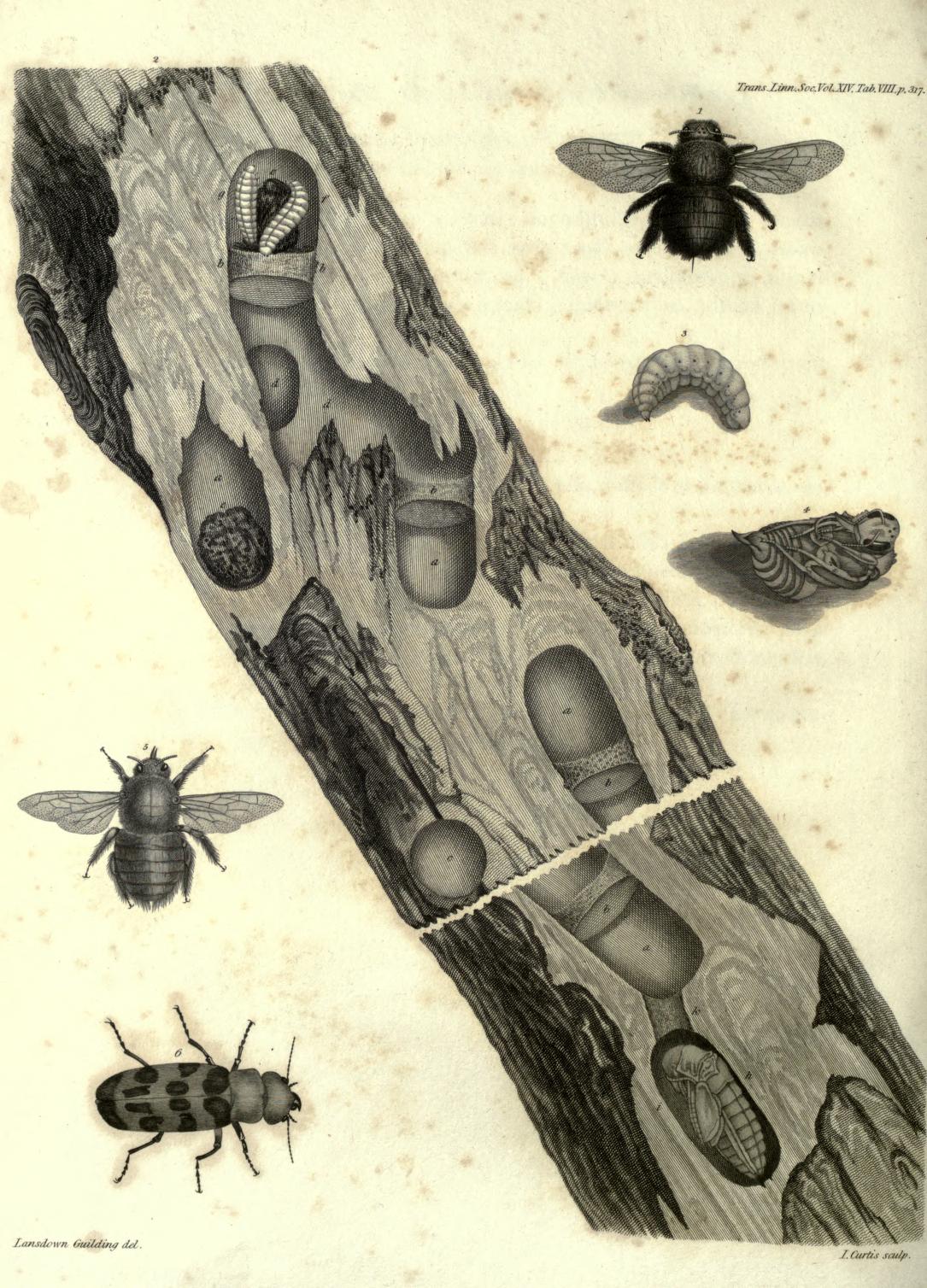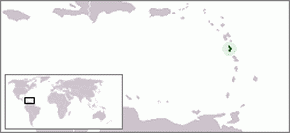|
Physa Marmorata
''Stenophysa marmorata'' is a species of air-breathing freshwater snail, an aquatic gastropod mollusk in the family Physidae. MolluscaBase eds. (2021). MolluscaBase. Stenophysa marmorata (Guilding, 1828). Accessed through: World Register of Marine Species at: http://www.marinespecies.org/aphia.php?p=taxdetails&id=1253849 on 2022-01-14 Distribution This species occurs in the Lesser Antilles on Dominica.Reeves W. K., Dillon Jr. R. T. & Dasch G. A. (2008). "Freshwater snails (Mollusca: Gastropoda) from the Commonwealth of Dominica with a discussion of their roles in the transmission of parasites". ''American Malacological Bulletin'' 24: 59-63. PDF. and St. Vincent References * Robart, G., Mandahl-Barth, G. & Ripert, C. (1977). Inventaire, repartition geographique et ecologie des mollusques dulcaquicoles d'Haiti (Caraibes). Haliotis. 8: 159-171. External links Guilding, I. (1828). Observations on the zoology of the Caribbean Islands. The Zoological Journal. 3: 527-544Sowerb ... [...More Info...] [...Related Items...] OR: [Wikipedia] [Google] [Baidu] |
Lansdown Guilding
Lansdown Guilding (9 May 1797 – 22 October 1831) was a theologian and naturalist. He is best known for his works on the flora and fauna of St Vincent in particular and on the Caribbean in general. He wrote numerous illustrated papers for journals of scholarly societies in England including the first descriptions of velvet worms and scale insects in the ground pearl family. Guilding was born on 9 May 1797 in Kingstown, Saint Vincent and the Grenadines. He was one of six siblings, son of the Reverend John Guilding and his wife Sarah. In 1802, at the age of 5, he was sent to England, where he studied at Oxford University. In 1817, after receiving a B.A. degree, he returned to his home country. His father died in 1818, and he took up work as garrison chaplain and left for England in 1819. In 1821, Guilding travelled to England to marry Mary Hunt, daughter of the Rev. S. Hunt, rector of Wakerly and St. George's Church, Stamford. From 1824 to 1826 he disputed with Robert Herries for ... [...More Info...] [...Related Items...] OR: [Wikipedia] [Google] [Baidu] |
Species
In biology, a species is the basic unit of classification and a taxonomic rank of an organism, as well as a unit of biodiversity. A species is often defined as the largest group of organisms in which any two individuals of the appropriate sexes or mating types can produce fertile offspring, typically by sexual reproduction. Other ways of defining species include their karyotype, DNA sequence, morphology, behaviour or ecological niche. In addition, paleontologists use the concept of the chronospecies since fossil reproduction cannot be examined. The most recent rigorous estimate for the total number of species of eukaryotes is between 8 and 8.7 million. However, only about 14% of these had been described by 2011. All species (except viruses) are given a two-part name, a "binomial". The first part of a binomial is the genus to which the species belongs. The second part is called the specific name or the specific epithet (in botanical nomenclature, also sometimes i ... [...More Info...] [...Related Items...] OR: [Wikipedia] [Google] [Baidu] |
Freshwater Snail
Freshwater snails are gastropod mollusks which live in fresh water. There are many different families. They are found throughout the world in various habitats, ranging from ephemeral pools to the largest lakes, and from small seeps and springs to major rivers. The great majority of freshwater gastropods have a shell, with very few exceptions. Some groups of snails that live in freshwater respire using gills, whereas other groups need to reach the surface to breathe air. In addition, some are amphibious and have both gills and a lung (e.g. ''Ampullariidae''). Most feed on algae, but many are detritivores and some are filter feeders. According to a 2008 review of the taxonomy, there are about 4,000 species of freshwater gastropods (3,795–3,972). At least 33–38 independent lineages of gastropods have successfully colonized freshwater environments. It is not possible to quantify the exact number of these lineages yet, because they have yet to be clarified within the Cerit ... [...More Info...] [...Related Items...] OR: [Wikipedia] [Google] [Baidu] |
Aquatic Animal
An aquatic animal is any animal, whether invertebrate or vertebrate, that lives in water for most or all of its lifetime. Many insects such as mosquitoes, mayflies, dragonflies and caddisflies have aquatic larvae, with winged adults. Aquatic animals may breathe air or extract oxygen from water through specialised organs called gills, or directly through the skin. Natural environments and the animals that live in them can be categorized as aquatic (water) or terrestrial (land). This designation is polyphyletic. Description The term aquatic can be applied to animals that live in either fresh water or salt water. However, the adjective marine is most commonly used for animals that live in saltwater, i.e. in oceans, seas, etc. Aquatic animals (especially freshwater animals) are often of special concern to conservationists because of the fragility of their environments. Aquatic animals are subject to pressure from overfishing, destructive fishing, marine pollution, hunting, and cli ... [...More Info...] [...Related Items...] OR: [Wikipedia] [Google] [Baidu] |
Gastropod
The gastropods (), commonly known as snails and slugs, belong to a large taxonomic class of invertebrates within the phylum Mollusca called Gastropoda (). This class comprises snails and slugs from saltwater, from freshwater, and from land. There are many thousands of species of sea snails and slugs, as well as freshwater snails, freshwater limpets, and land snails and slugs. The class Gastropoda contains a vast total of named species, second only to the insects in overall number. The fossil history of this class goes back to the Late Cambrian. , 721 families of gastropods are known, of which 245 are extinct and appear only in the fossil record, while 476 are currently extant with or without a fossil record. Gastropoda (previously known as univalves and sometimes spelled "Gasteropoda") are a major part of the phylum Mollusca, and are the most highly diversified class in the phylum, with 65,000 to 80,000 living snail and slug species. The anatomy, behavior, feeding, and re ... [...More Info...] [...Related Items...] OR: [Wikipedia] [Google] [Baidu] |
Mollusk
Mollusca is the second-largest phylum of invertebrate animals after the Arthropoda, the members of which are known as molluscs or mollusks (). Around 85,000 extant species of molluscs are recognized. The number of fossil species is estimated between 60,000 and 100,000 additional species. The proportion of undescribed species is very high. Many taxa remain poorly studied. Molluscs are the largest marine phylum, comprising about 23% of all the named marine organisms. Numerous molluscs also live in freshwater and terrestrial habitats. They are highly diverse, not just in size and anatomical structure, but also in behaviour and habitat. The phylum is typically divided into 7 or 8 taxonomic classes, of which two are entirely extinct. Cephalopod molluscs, such as squid, cuttlefish, and octopuses, are among the most neurologically advanced of all invertebrates—and either the giant squid or the colossal squid is the largest known invertebrate species. The gas ... [...More Info...] [...Related Items...] OR: [Wikipedia] [Google] [Baidu] |
Physidae
Physidae, common name the bladder snails, is a monophyletic taxonomic family of small air-breathing freshwater snails, aquatic pulmonate gastropod molluscs in the superfamily Lymnaeoidea .MolluscaBase eds. (2021). MolluscaBase. Physidae Fitzinger, 1833. Accessed through: World Register of Marine Species at: http://www.marinespecies.org/aphia.php?p=taxdetails&id=160452 on 2021-06-26 Overview These fresh water snails are present in aquariums and ponds, as well as in wild areas. They are commonly referred to as tadpole snails or pouch snails. They eat algae, diatoms and detritus including dead leaves. The populations are regulated by the abundance of food and space. They are widespread, abundant, and tolerant to pollution. These snails are common in the North Temperate to Arctic Zones and throughout the Americas, in readily accessible habitats such as ditches, ponds, lakes, small streams, and rivers. The family has been recognized since the 19th century, and yet there has been no ... [...More Info...] [...Related Items...] OR: [Wikipedia] [Google] [Baidu] |
Lesser Antilles
The Lesser Antilles ( es, link=no, Antillas Menores; french: link=no, Petites Antilles; pap, Antias Menor; nl, Kleine Antillen) are a group of islands in the Caribbean Sea. Most of them are part of a long, partially volcanic island arc between the Greater Antilles to the north-west and the continent of South America."West Indies." ''Merriam-Webster's Geographical Dictionary'', 3rd ed. 2001. () Springfield, MA: Merriam-Webster Inc., p. 1298. The islands of the Lesser Antilles form the eastern boundary of the Caribbean Sea where it meets the Atlantic Ocean. Together, the Lesser Antilles and the Greater Antilles make up the Antilles. (Somewhat confusingly, the word Caribbean is sometimes used to refer only to the Antilles, and sometimes used to refer to a much larger region.) The Lesser and Greater Antilles, together with the Lucayan Archipelago, are collectively known as the West Indies. History after European arrival The Spanish were the first Europeans to arrive on the ... [...More Info...] [...Related Items...] OR: [Wikipedia] [Google] [Baidu] |
List Of Non-marine Molluscs Of Dominica
The non-marine molluscs of Dominica are species of land and freshwater molluscs, i.e. land snails, land slugs and one small freshwater clam that are part of the wildlife of Dominica, an island in the Lesser Antilles. In malacology, the non-marine molluscs of an area are traditionally listed separately from the marine molluscs (those molluscs that live in full-salinity saltwater). Dominica is a Caribbean island, part of the Windward Island chain of the Lesser Antilles. Fifty-five species of non-marine molluscs have been found in the wild in Dominica, including sixteen endemic species of land snails, species which occur nowhere else on Earth. Dominica is a mountainous, , volcanic, tropical island. It is undeveloped compared with most other Caribbean islands, and it is known for its wildlife and unspoiled natural landscapes. The rugged terrain includes a great deal of tropical rainforest, numerous rivers, and several officially protected areas, including Morne Trois Pitons National ... [...More Info...] [...Related Items...] OR: [Wikipedia] [Google] [Baidu] |
African Invertebrates
''African Invertebrates'' is a peer-reviewed open access scientific journal that covers the taxonomy, systematics, biogeography, ecology, conservation, and palaeontology of Afrotropical invertebrates, whether terrestrial, freshwater, or marine. It is published by Pensoft Publishers on behalf of the KwaZulu-Natal Museum and the editor-in-chief is David G. Herbert (KwaZulu-Natal Museum). History The journal was established in 1906 as the ''Annals of the Natal Government Museum'' and after 1910 renamed to ''Annals of the Natal Museum''. In 1989, the journal stopped publishing archaeological and anthropological papers, which was split of to a new journal, the ''Natal Museum Journal of Humanities'' (later: ''Southern African Humanities''), while the ''Annals of the Natal Museum'' were restricted to the natural sciences. The journal obtained its name in 2001 when its scope was limited to the study of invertebrates. Abstracting and indexing The journal is abstracted and indexed in: ... [...More Info...] [...Related Items...] OR: [Wikipedia] [Google] [Baidu] |







.jpg)
